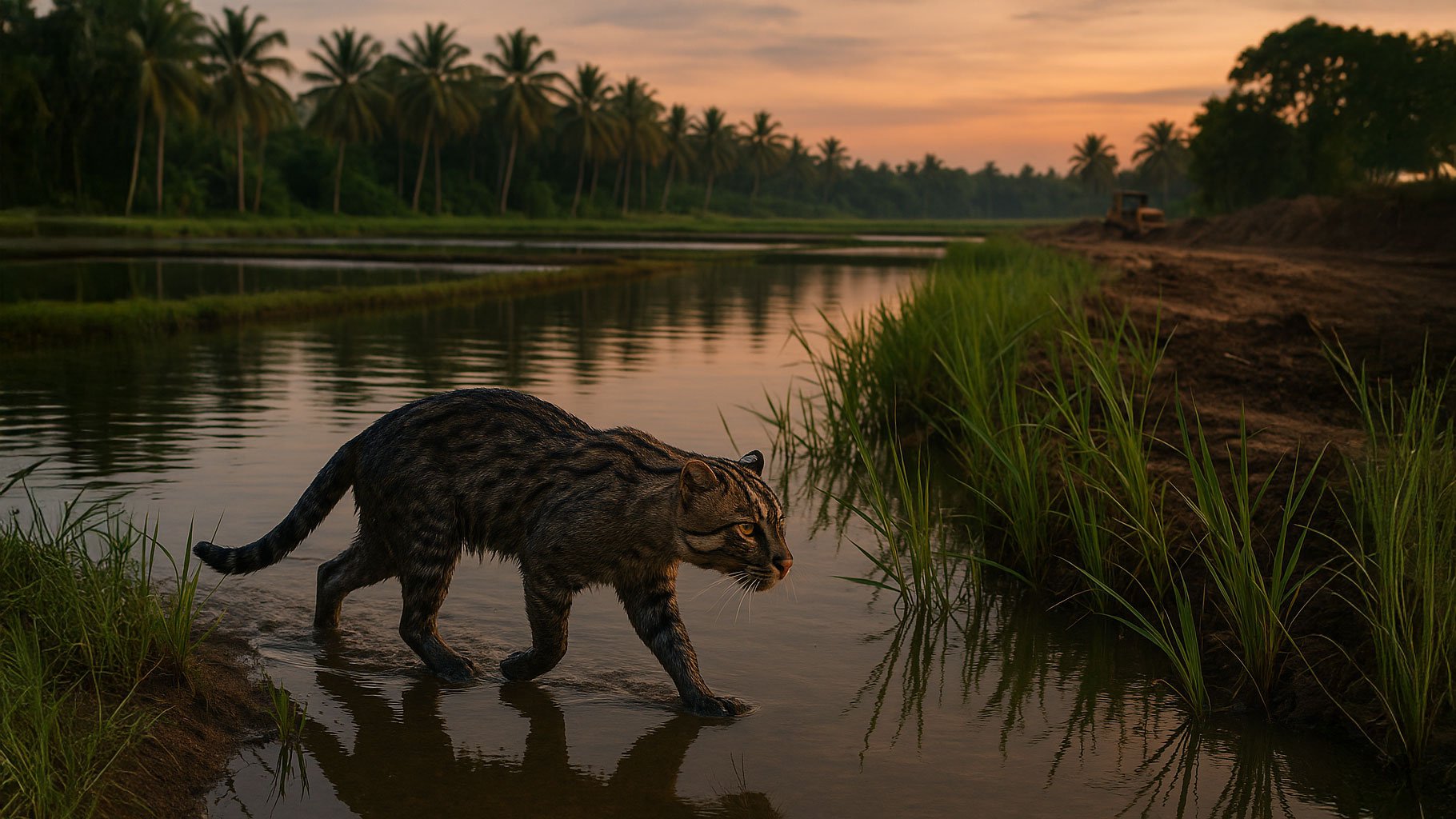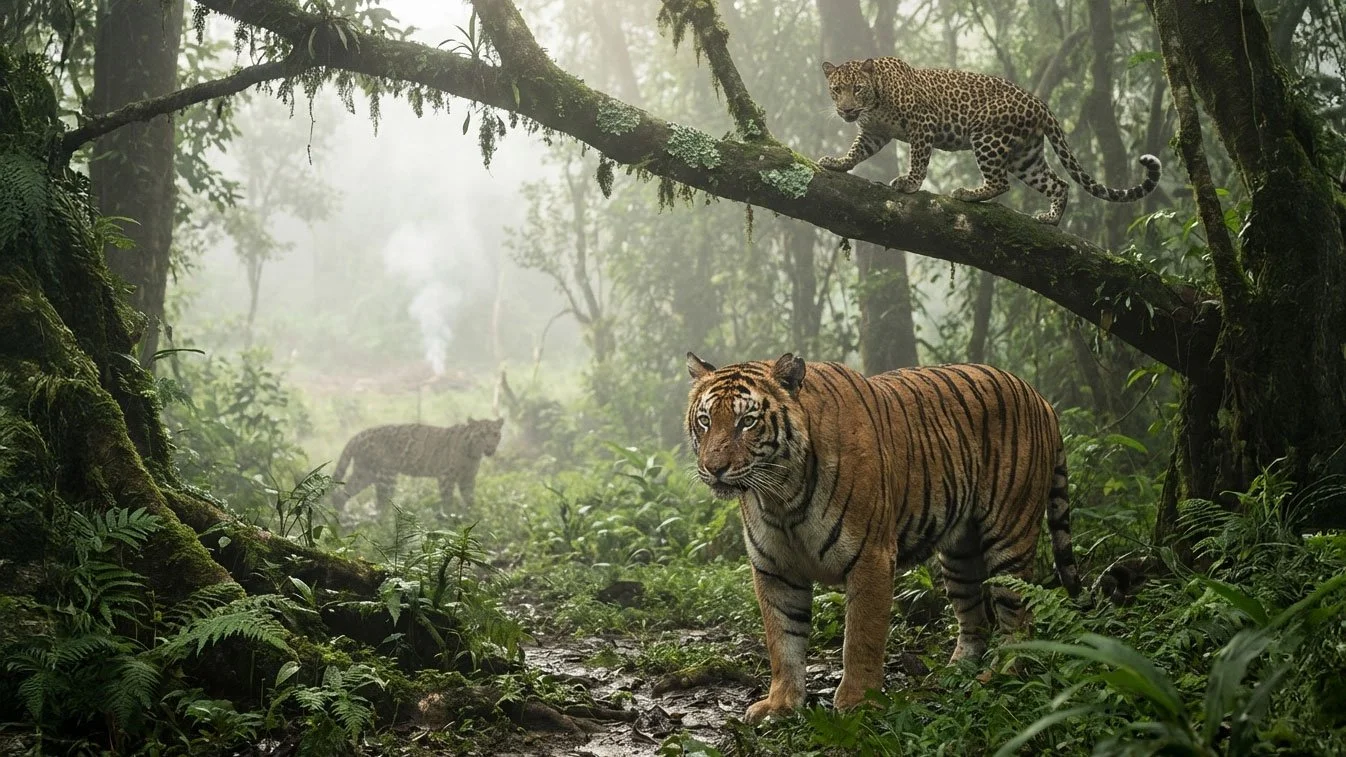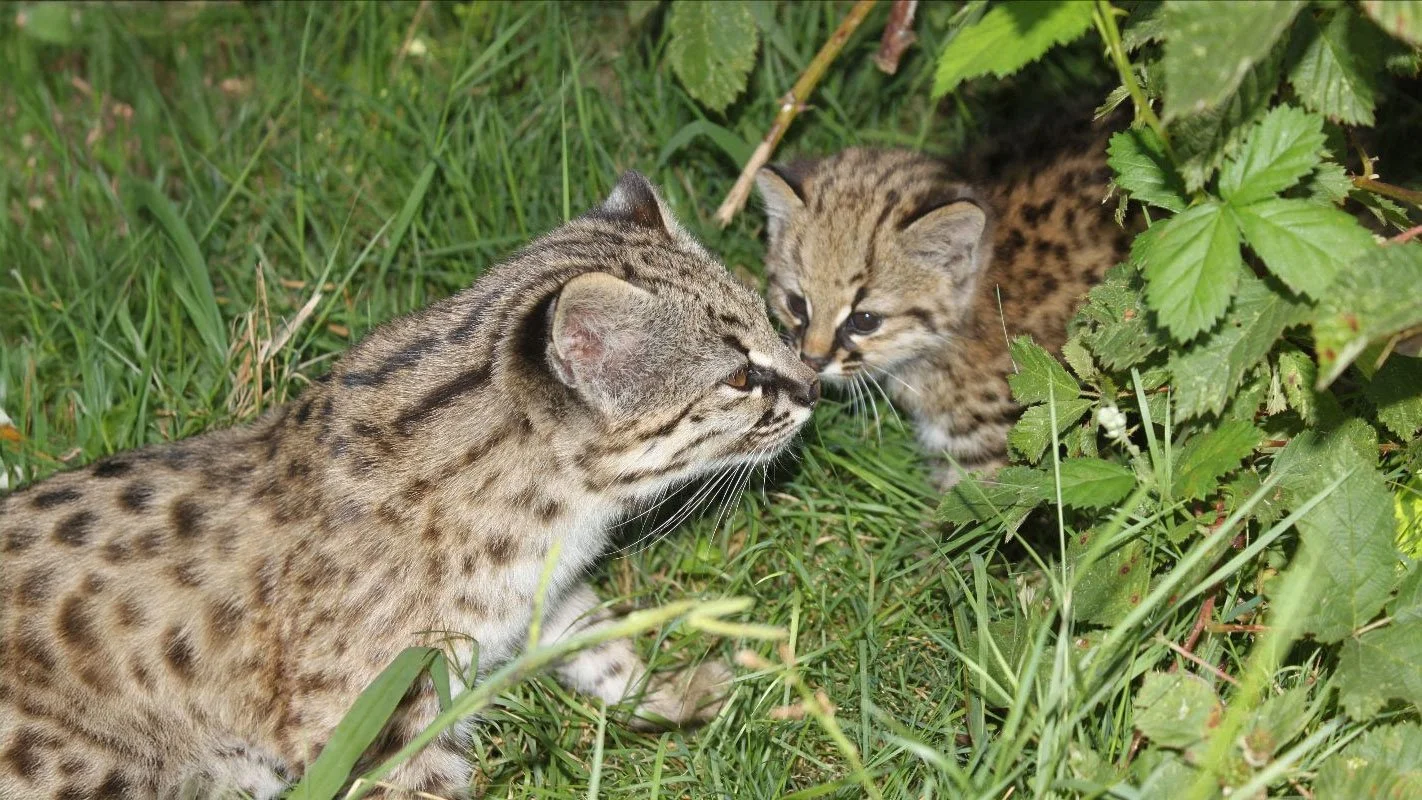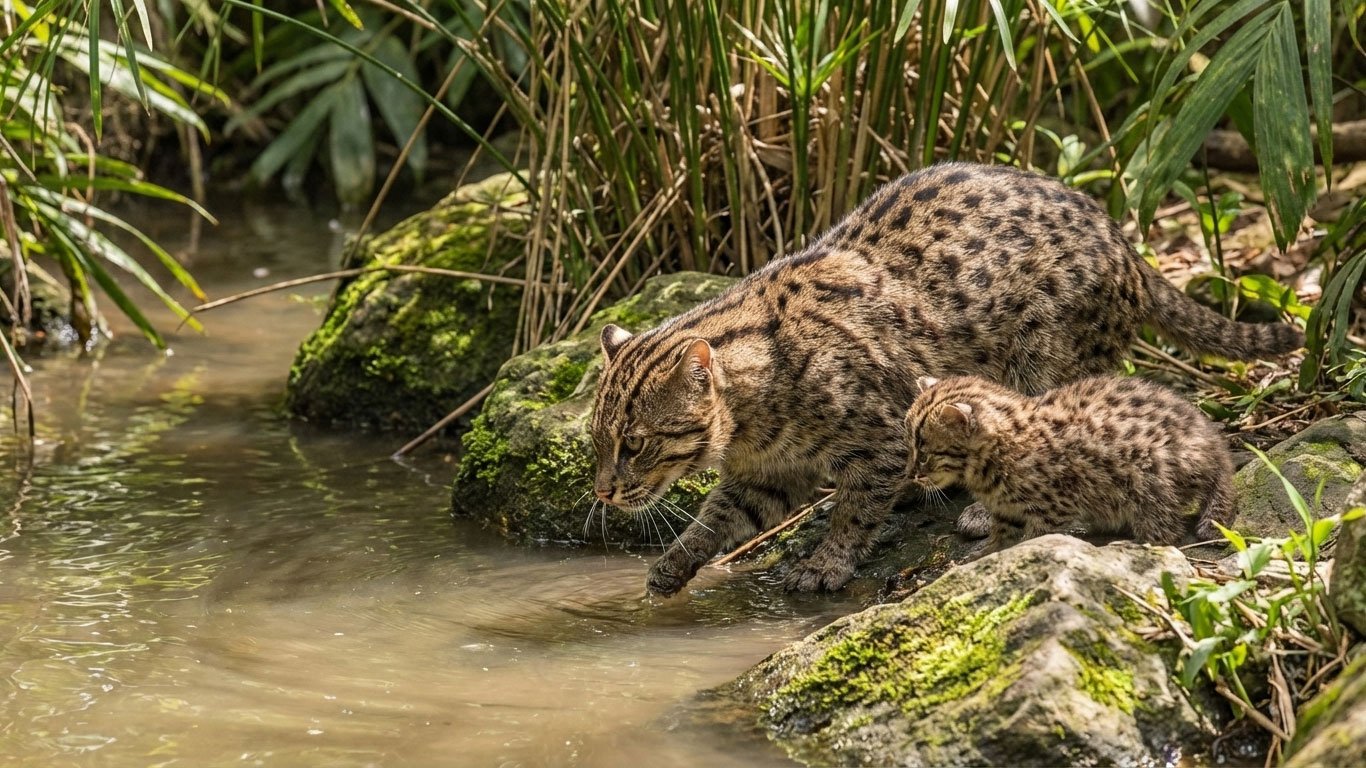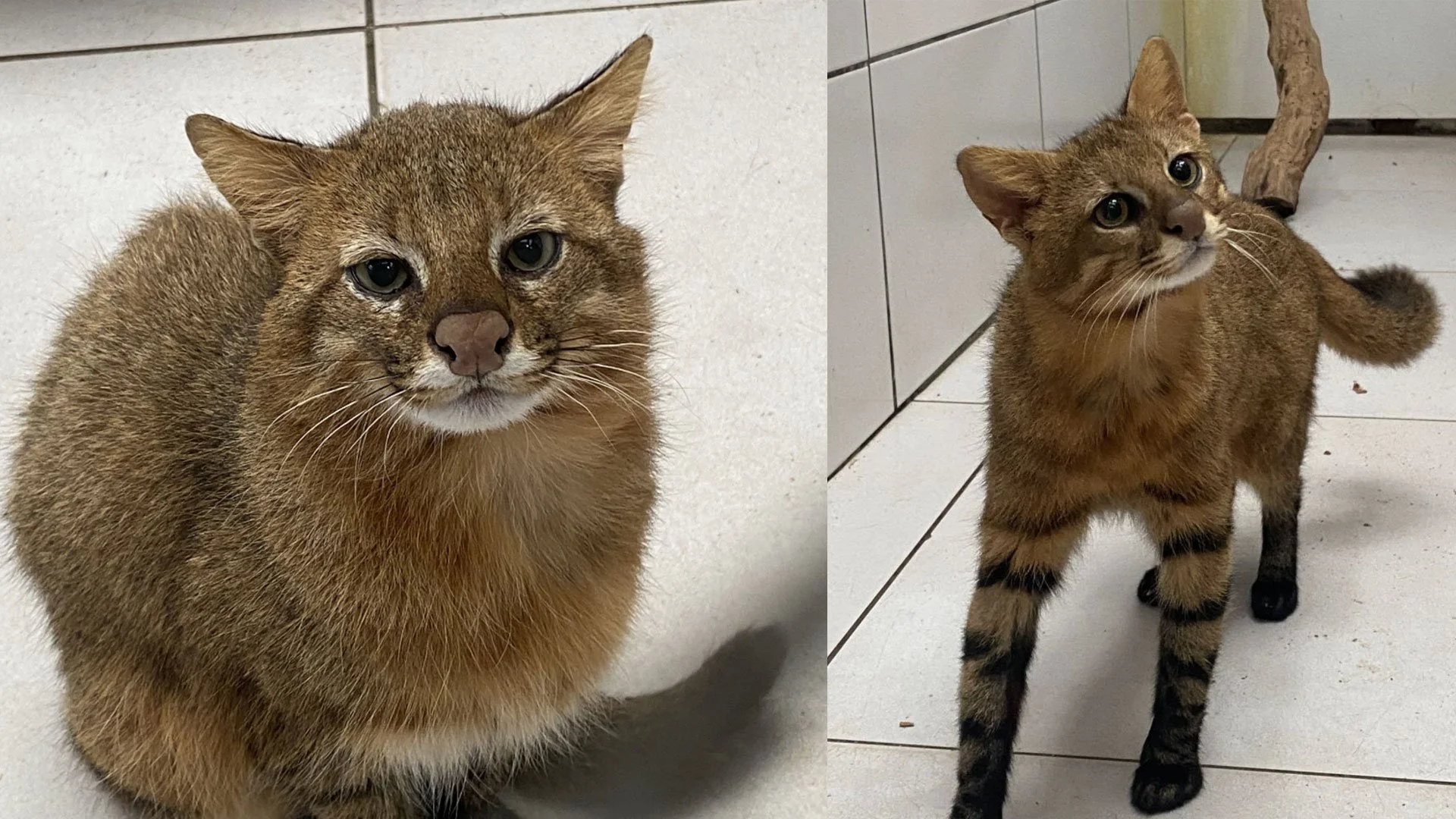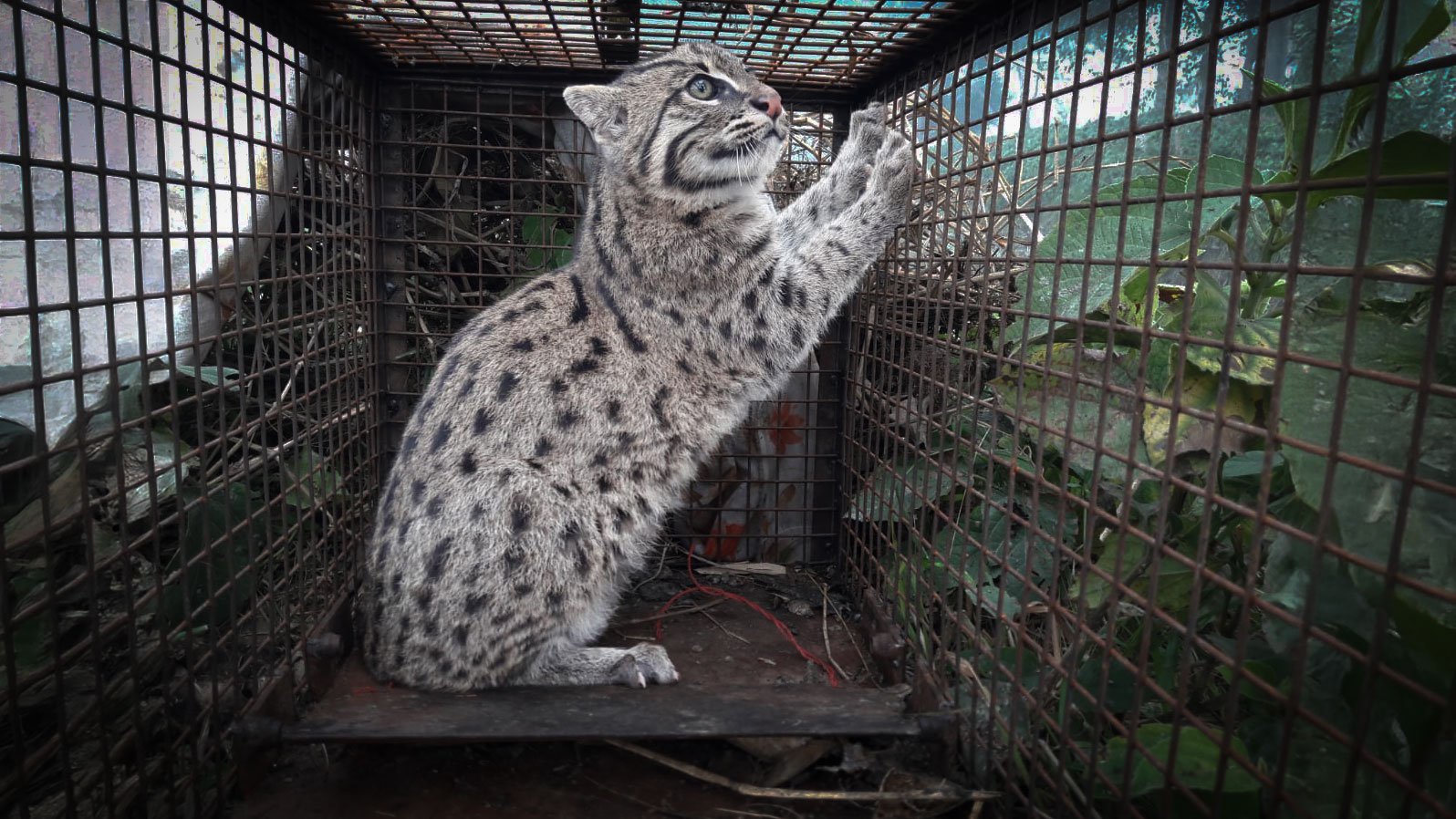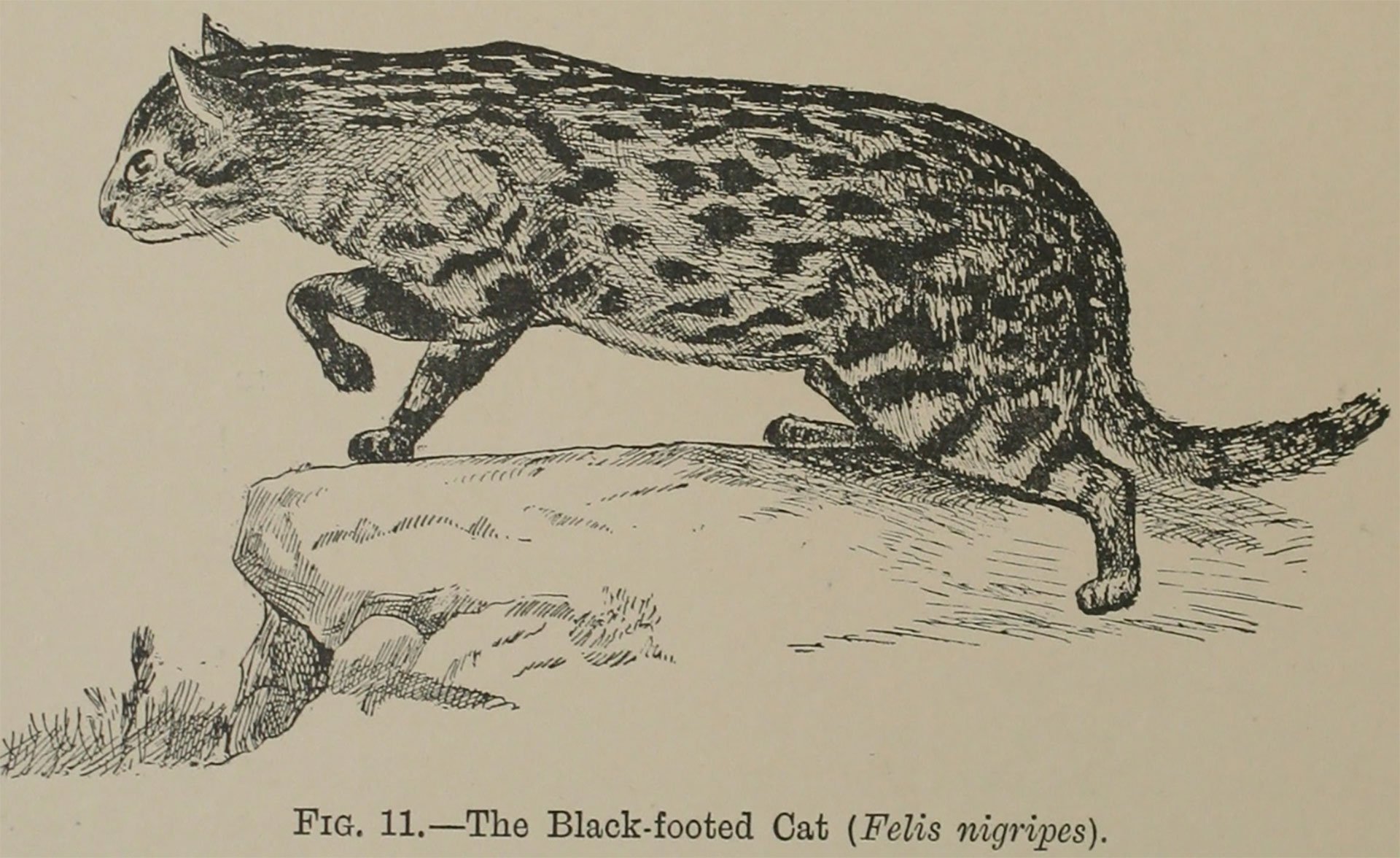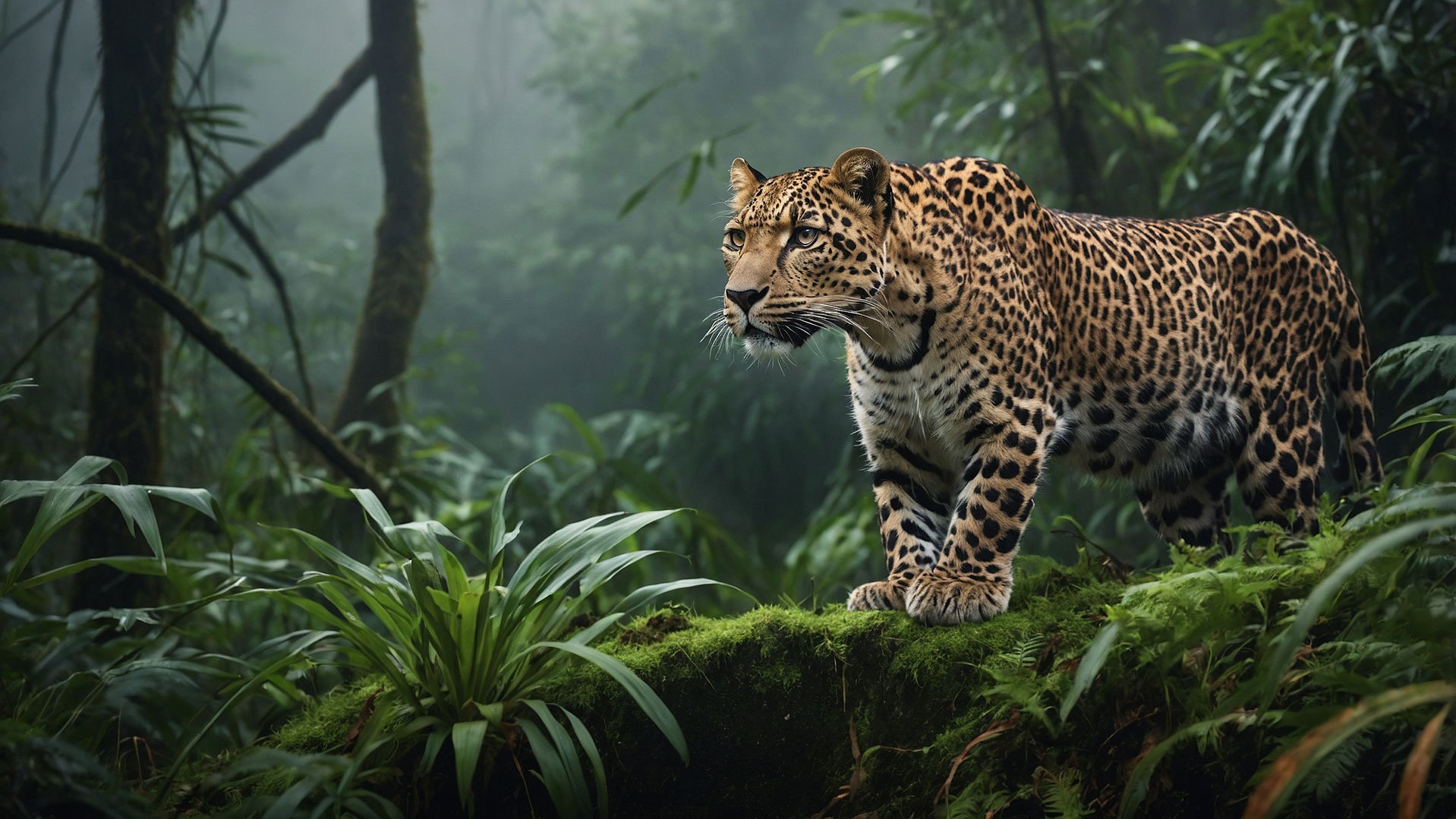Whispers from the Marsh: Thailand’s Fishing Cats Fight for Survival
In the tangled mangrove roots of Thailand’s coastal wetlands, where the moonlight glints off fishponds and marshes whisper with life, a shadow slips silently through the reeds. With its webbed feet and water-sealing ears, the fishing cat—one of the world’s most elusive felines—is on the hunt. It glides like a phantom, sleek and sure, into waters where few cats dare tread. But this master of marshes is running out of places to go.
The fishing cat (Prionailurus viverrinus), a stocky, wild feline about twice the size of a housecat, is built for the wetlands. It is the only cat that truly embraces the water, equipped with adaptations like a double-layered coat to stay dry and partially webbed toes to help it swim. It can even seal its ears when submerged. Yet, as development and industry creep ever closer to these watery refuges, Thailand’s fishing cats are being pushed to the brink.
Ghosts of a Vanishing Wetland
The tale of the fishing cat is not just one of natural beauty—it is one of loss. Once found across Thailand’s eastern wetlands, they now number possibly as few as 150 individuals, fragmented into four or five isolated groups, many living outside protected areas. Their habitats have been replaced with shrimp ponds, palm plantations, and concrete. In Sam Roi Yot district, a once lush sanctuary for these cats, fish farms and aquaculture have overtaken the wetlands. Even plots where cubs were recently born have been bulldozed within months, a chilling reminder of how fast their world is vanishing.
This devastation isn’t random—it’s policy-driven. A 2019 tax law incentivized landowners to convert “unproductive” wetlands into profit-driven uses. Researchers fear this alone could lead to the destruction of 30% of the remaining fishing cat habitat in five years. That’s not conservation—it’s a countdown.
Victims of Misunderstanding
Forced into human-dominated areas, fishing cats often become scapegoats. Villagers blame them for stolen fish and raided chicken coops, though studies reveal rats and monitor lizards are often the real culprits. Wild rumors don’t help. Some locals believe the cats’ urine can intoxicate pond fish. Such myths fan the flames of fear and retaliation.
In one case, a female cat was killed after allegedly teaching her cubs to hunt chickens—a grim misunderstanding. Yet, a shift in perspective is underway. Farmers like Yim-Ye, once quick to trap and kill, now fortify coops with cat-proof mesh thanks to NGO efforts and legal protections that prohibit harming these animals.
Still, fishing cats remain vulnerable. Of 16 cats tracked between 2015 and 2018, over 60% were killed, mostly due to chicken conflicts. With each loss, the thread holding this fragile population together frays further.
Nature’s Pest Control—and So Much More
Despite their name, fishing cats are opportunistic omnivores. Research shows their diet includes rodents, birds, snakes, crabs, snails—and even bird eggs from 26-foot-high treetop nests! In plantations, where rats destroy young coconut palms, farmers are starting to see fishing cats not as threats, but as allies.
But coexistence requires more than facts—it needs community. That’s where Panthera Thailand and local heroes like Supoj Sukapat come in. Supoj leads a children’s conservation group, “Rak Thung” (Love Marshlands), where students learn about the fishing cat’s ecological role and even help check camera traps. When children ask parents not to harm the cats, attitudes shift.
Local businesses are now producing fishing cat-themed snacks, and ecotourism guides include these elusive felines in wetland tours. Though tourists rarely see the nocturnal cats, they leave with a newfound respect—and their money helps bolster local economies.
Pollution and Genetic Peril
Even where the cats persist, danger lurks unseen. Scat samples from Sam Roi Yot reveal microplastics, and a camera trap recently caught a cat tangled in plastic netting. In polluted ecosystems, these apex predators absorb toxins through their prey, just as humans do through seafood. As Panthera biologist Rattapan Pattanarangsan notes, “Fishing cats and people occupy the same ecological role of top predator. So, what happens to fishing cats is likely to happen to humans too.”
Genetically, the cats are in trouble. The Sam Roi Yot population shares just one haplotype—essentially one genetic fingerprint. This low diversity leaves them vulnerable to disease and further environmental stress. Without intervention, inbreeding could doom them.
A Call to Action: Protect the Marsh, Protect Ourselves
In Thailand’s struggle to save its wetlands, fishing cats have become a symbol—not only of what we’re losing, but of what we can still save. We must invest in solutions: support farmers who choose coexistence, fund landowners who preserve habitats, and empower the next generation through education and engagement.
Big Cat Rescue stands with the people and organizations fighting for these unsung wildcats. While the world watches tigers and leopards, let us not forget the quiet prowler of the marsh, the cat that swims, climbs, and endures against all odds.
Let us roar not just for the big cats, but for the small, the elusive, and the overlooked. Support conservation efforts. Educate others. And always ask: what kind of world are we leaving for the cats that dare to fish?
Read more and see wonderful photos at: https://news.mongabay.com/2025/07/as-thailands-fishing-cats-face-habitat-loss-conflict-experts-seek-resolution/
